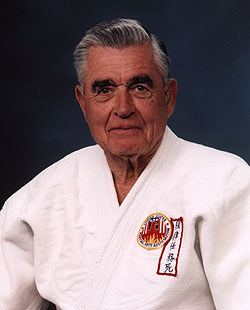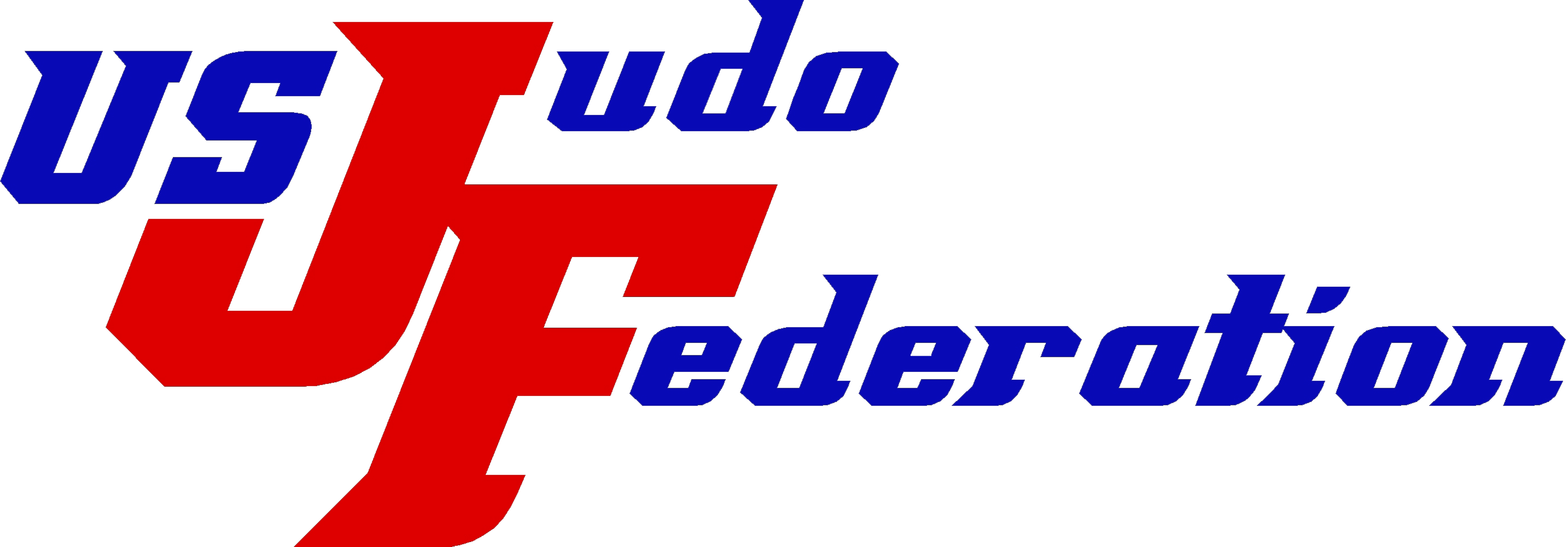
from mararts.org
My experience of Phil
I first met Phil in 1960 at the AAU National Judo Championships in Tampa Florida. Back then he was still competing. Back then there was only ippon, wazari, or a decision. Oh, and there were only four weight divisions to be contested under the penalty point system. That’s where an accumulation of five points meant you were eliminated from further matches. A loss by ippon meant you had 3 bad points against you.. A loss by wazari was 2, and a decision loss 1 point against you. Thus an ippon and another wazari loss meat you were out. A win on the other hand was 0 points 1 point against you meant you won by a wazari, 2 points if you won by a decision. Thus even if you won by a decision and 2 wazari you were eliminated.
At any rate Phil came in with a haraigoshi in my second match and scored a wazari that could have been an ippon; I had a Japanese referee. I was still stressed to say the least. There were more than 30 contestants in my division and an early loss would mean a real up hill battle should I lose now. Phil was a wirey fellow, and he was a real tenacious fighter who had trained in Japan. Had I known that I might not have fought differently. Back then I was an 18 year old kid and didn’t know I was supposed to lose to a 6 foot Air Force Major who was a Sandan then. Finally, near the end of the match, I got in with a lucky morote seoinage that sealed a bond of friendship and respect for one another.
More important than being tough in Judo, it was more important to be smart in judo. Judo in America was going through growing pains in the 50’s, 60’s and 70’s. In the 50’s it was barely after world war II and American soldiers were returning to America after serving in Japan and learning judo, and wanting to continue its practice. In America judo was being run largely by Japanese as a cultural activity for its small communities of Japanese throughout the United States. For the Japanese judo was not only a link to their heritage, but a source of pride as a special activity that seemingly at the time only Japanese could do correctly. Americans found it exceedingly difficult to advance in this type of closed off activity. Instructors were hard to find; dojos were hard to find. Acceptance was even harder to find. Rank advancement for non-Japanese was slower than 5 P.M. traffic in downtown L.A.. Enter Phil Porter.
Phil was a West Point graduate who eventually became a major. It was reported by his superiors that had he concentrated more on his military duties rather than judo duties he could have made General. Whatever anyone may say about Phil he was one of America’s great judo leaders. Here are a few reasons why:
- He participated in the system (JBBF) and was the AAU Judo Chairman devising policies to run judo within the Amateur Athletic Union, a vital link to the USOC.
- He was one of the main founders of The United States Judo Association, which he converted from the Armed Services Judo Federation in 1965.
- He was one of the very first persons to devise a comprehensive written manual that objectively demonstrated how to advance in rank for Americans.
- He was one of the first to recognize that there was a need to help Americans make advances in judo as an athletic endeavor rather than a cultural event.
- Also while it was in existence he created and directed the National Judo Institute. For many it was the Camelot of US Judo producing many Champions.
- He was a tireless fighter, and organizer.
While there are some harsh memories of promoting rank for profit and using the proceeds in allegedly devious ways, I can’t help think that had the organization had the proper structure and make up of members in place that situation would not have occurred in the first place.
But, I’m not here right now to debate faults but rather pay homage and my final bow of respects to departed warrior and great American judo leader. He was “The Man in the Arena.”
Thoughts from a friend, Hayward Nishioka
